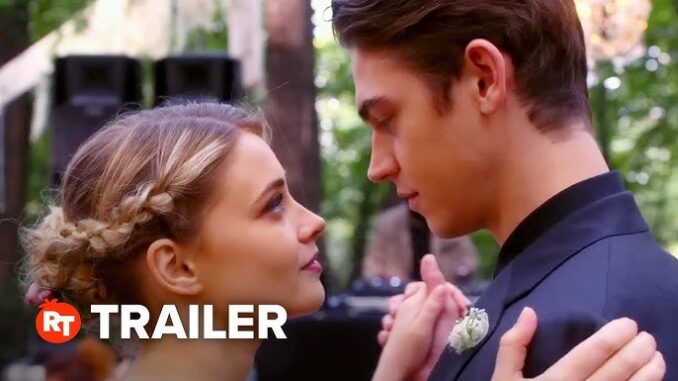
Two Versions, Two Different Emotions: Comparing After Everything (2023) and the Original Novel
The story of Tessa Young and Hardin Scott, a tumultuous maelstrom of passion, toxicity, and eventual redemption, has captivated millions, first in Anna Todd’s fanfiction-turned-novel series and later in its cinematic adaptations. While both the original “After” novel and its concluding cinematic counterpart, After Everything (2023), chronicle the fraught journey of these characters, they diverge sharply in their emotional landscapes. To engage with both is to experience not merely different perspectives, but entirely distinct feelings, reflecting two versions of a narrative that, despite shared DNA, elicit deeply contrasting emotional responses from their audiences.
The original “After” novel, particularly the initial installments, plunges the reader into a scorching, unfiltered maelstrom of immediate, visceral emotion. It is a narrative steeped in the addictive poison of toxic love, where every whispered endearment is shadowed by a cruel word, every passionate embrace by a destructive outburst. The reader is thrust directly into Tessa’s naive, often frustrating, perspective, feeling her confusion, her unwavering (and often irrational) devotion, and the constant push-pull that defines her relationship with Hardin. This version is a raw nerve, exposed and vibrating with anxiety, lust, and the dizzying highs and devastating lows of an emotionally abusive cycle. The dominant emotions it evokes are a cocktail of frustration, fascination with the car-crash drama, a pervasive sense of unease, and an almost voyeuristic addiction to the melodrama. We cringe, we hope against hope, we despair, all within the span of a few pages, our own emotional resilience tested by the relentless intensity of Hardin’s manipulations and Tessa’s often self-destructive loyalty. The book doesn’t allow for distance; it demands immersion into the raw, often agonizing, heart of the affair.
In stark contrast, After Everything (2023) offers a journey of melancholic reflection, quiet introspection, and a fragile, hard-won hope. This film steps back from the immediate, burning intensity of the relationship itself, instead focusing on Hardin Scott’s aftermath – his struggle with writer’s block, his unresolved guilt, and his desperate search for closure. The pervasive emotion here is not the frantic, volatile energy of the initial novels, but a somber, almost elegiac tone. We are no longer experiencing the thrall of their toxic dynamic, but witnessing the cost of it. The film largely deprives us of Tessa’s active presence, making her a memory, a muse, a wound that Hardin must heal from within. The viewer is invited to feel empathy for Hardin’s arduous path to self-forgiveness, to understand the weight of his past actions, and to root for his personal growth, rather than the survival of the relationship itself. The vibrant, often unsettling passion of the books is replaced by a muted palette, a softer score, and a narrative pace that allows for contemplation rather than confrontation. We are not caught in the current; we are watching the tide recede, revealing the scars left on the shore.
This emotional divergence is not merely a consequence of different mediums but a deliberate shift in narrative focus. The novel, born from fanfiction, thrived on the immediate, unfiltered expression of every angsty thought and burning desire, creating a direct conduit for the reader to feel the toxicity alongside the characters. It was a ride, albeit a bumpy and often uncomfortable one. After Everything, however, operates from a place of necessary hindsight. It seeks to provide a sense of resolution and maturity that the novel’s initial, highly charged installments often deferred. The emotions it elicits are therefore less about the heat of the moment and more about the quiet ache of healing, the tentative steps towards absolution, and the profound, if painful, understanding of what it means to move forward from a destructive past.
Ultimately, comparing the original “After” novel to After Everything is like comparing a live wire sparking with dangerous energy to the cooling embers of a once-raging fire. One demands a visceral, often uncomfortable, engagement with the immediate chaos of love and pain, leaving the reader emotionally exhausted but undeniably moved by its raw power. The other offers a space for reflection, a gentler exploration of the consequences, and a tender, if sometimes wistful, embrace of hope and self-discovery. Together, they form a fascinating dialogue on the multifaceted nature of storytelling, each version stirring a distinctly different, yet equally potent, emotional echo within its audience.
